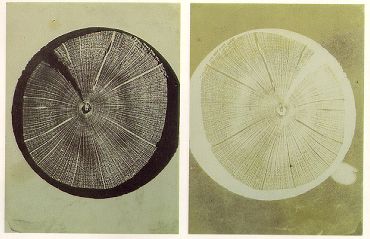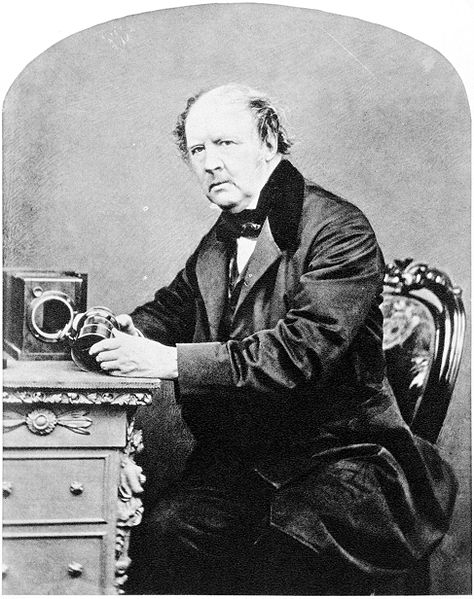
Figure 1 – the first photomicrograph a transverse section of a stem taken by William Henry Fox Talbot in 1839 from the Masters of Photography website ( and in the public domain).
Let’s turn today to the question of who took the first successful photomicrograph. We need to be precise about definition. A photomicrograph is a photograph of something small under a microscope. This is as opposed to a microphotograph, which is a very small photograph that might require a microscope to see it, but could, in fact, be an image of something very large.

Figure 2 – William Henry Fox Talbot by John Moffat, 1864 from the Wikimedia commons, Michael Maggs source and in the public domain.
It is interesting that this story connects with Charles Darwin. Charles Darwin and his wife Emma nee Wedgewood were first cousins. They shared a grandfather, Josiah Wedgewood, I (1730-1795) and an uncle Thomas Wedgewood (1771-1805), who was an early experimenter in photography. The interrelationships in this very important English scientist and intellectual family are very complex, but you may sort it all out from the Darwin-Wedgewood family tree. Of course, the name Wedgewood is familiar to us from their very distinctive fine china, and it is indeed the case that Wedgewood Porcelain was founded by Josiah Wedgewood, I and subsequently led by Josiah Wedgewood, II, Emma’s father.
In 1802, uncle Thomas published “An Account of a method of copying Paintings
upon Glass, and of making Profiles, by the agency of Light upon Nitrate of Silver” in
the Journals of the Royal Institution, it states:
“In following these processes, I have found that the image of small objects, produced by means of the solar microscope, may be copied without difficulty on prepared paper. This will probably be a useful application of the method; that it may be employed successfully, however, it is necessary that he paper be placed at but a small distance from the lens.”
Now, we have no evidence that Thomas Wedgewood ever succeeded in capturing a photomicrograph. There is however, some evidence that he and Sir Humphry Davy (1778 – 1829) did attempt to do so.
A solar microscope, by the way, is simply a microscope that uses the sun as a source of light. This is usually accomplished by means of a mirror that reflects the sunlight from outside a window into the microscope.
The first known photomicrograph, and therefore the credit of being the inventor of photomicroscopy goes to the inventor of photography William Henry Fox Talbot (1800-1877). This is shown in Figure 1 – a photomicrograph of a botanical transverse section of a stem, 1839. A photograph of Fox Talbot taken by John Moffat in 1864 is shown in Figure 2.
As natural history came more and more into intellectual vogue in the nineteenth century the act of looking through a microscope became more and more familiar. You would expect to see a circular image surrounded by black. As a result, the framing of Fox Talbot’s photomicrograph by a circular field of view has as much to do with viewer expectation as it does with how the picture was optically taken.
* Here is an excellent link to the history of photomicroscopy.
